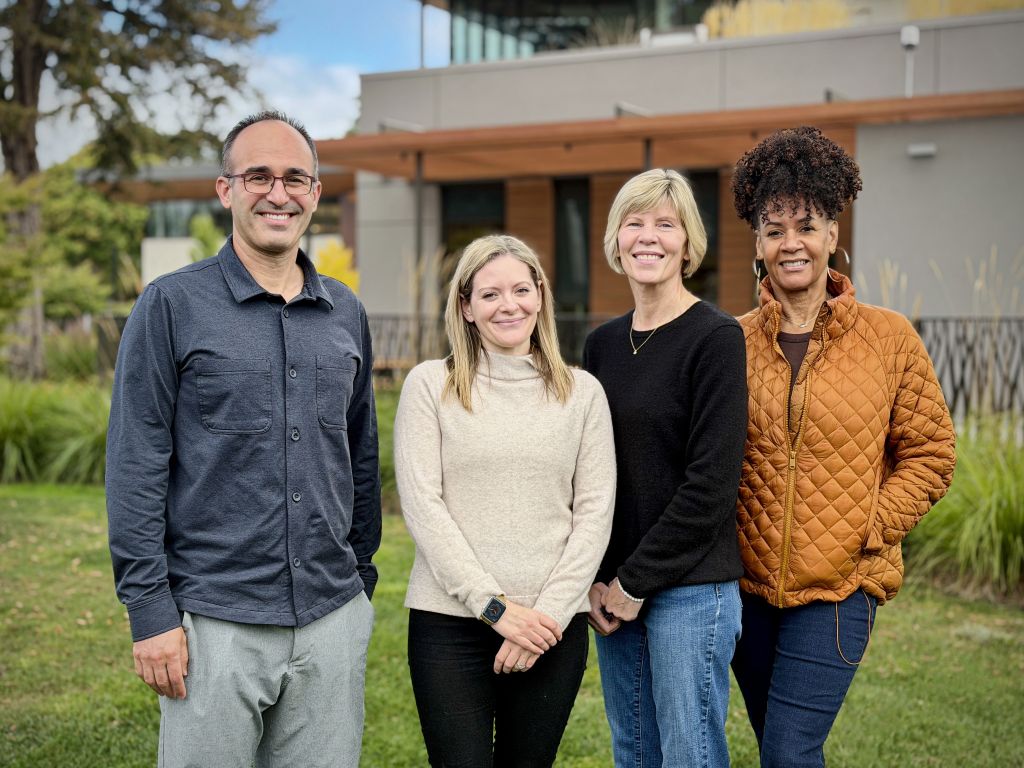San Mateo
Lauriedale
Lauriedale is one of the newer and more “unique” neighborhoods in San Mateo
But all is not multi-unit complexes in Lauriedale. Beginning in the mid-1970s, small developers began adding larger-than-average single-family homes to the district, perhaps realizing that its proximity to commute routes and CalTrain (Lauriedale, at San Mateo’s southern end, is exactly halfway between San Francisco and Silicon Valley) could attract white-collar workers. With their subdivisions of faux-Tudor and stucco Mediterranean homes, Lauriedale streets like Rosalie Street, Ramblewood Way and Woodbridge Circle would look at home in Southern California.
These residential units are well within reach for homebuyers. One- and two-bedroom units often list for $675,000 to $900,000..
Single-family Lauriedale homes for sale often command prices in the mid- to high-$1 million range. The newer of these homes, however, can have as much as 2,500 to 3,000 square feet of living space and have sought after open floorplans typically found in the modern Redwood Shores homes. Older single-family homes, those built during the 1970s, are smaller, with three or four bedrooms and 1,300 to 2,000 square feet of space – and cheaper, with prices ranging from $1.8 to around $2.5 million.
To view a detailed google map of the Lauriedale neighborhood, click here. The MLS area is 424.
-
413
Homes
-
$2.1M
Median Sale Price
-
$2.23M
Average Sale Price
Pricing data based on single-family homes
On this page
Lauriedale
Stats & Trends
Home Data
Per tax records
2 Bedrooms
1
home
3 Bedrooms
199
homes
4 Bedrooms
143
homes
5+ Bedrooms
70
homes
Condos/Townhomes
406
homes
2022 Price Data
Number of Sales
7
sales
Percent List Price Received
108.3%
Median Sales Price
$2.1M
Average Sales Price
$2.23M
Lowest Sales Price
$1.8M
Highest Sales Price
$2.83M
Lauriedale on the Map
Schools & History
History
South of San Mateo Village lies Lauriedale, a newer neighborhood named first after a park – Laurie Meadows Park, 7.5 acres of green space and playgrounds separated from Casanova Park by Laurel Creek – and a 1960s condominium complex. Once Lauriedale (the condo complex) established a beachhead along Laurie Meadows Drive, other multi-unit developments followed suit. Today, condos and apartments make up a significant portion of Lauriedale real estate. Practically the entire northern portion of the neighborhood, which begins at 40th Avenue and ends at the Belmont border, is made up of complexes built in the 1960s, 70s and 80s.

Contact Raziel to find the right property for you.
With a team of experts guiding you every step of the way, our extensive knowledge and experience will ensure you have the best home buying experience possible.





